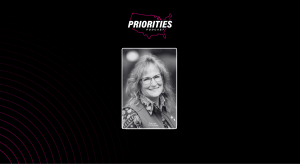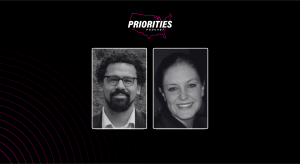Colorado’s new benefits finder is helping thousands save on rising energy costs

In August, Colorado launched an online tool that helps residents determine what tax credits they qualify for to save money on energy costs. The Colorado Digital Service says the tool has already helped more than 2,500 residents find energy savings through benefits programs or rebates.
The Colorado Energy Savings Navigator, which went live on Aug. 1, contains more than 600 electrification rebates, including clean energy rebates expiring at the end of the year, and 18 energy bill assistance programs, helping residents determine eligibility. A questionnaire takes 10 minutes, and the tool gives users an estimate of how long the application process will take per program. It also provides savings estimates, allowing residents to better determine where to invest their time and if a given program is suited to their needs.
Sarah Tuneberg, director of the Colorado Digital Service, said the tool helps to fulfill one of Gov. Jared Polis’s “wildly important goals” of improving the state’s energy and sustainability. The build of the tool was a project between the Colorado Public Utilities Commission, the Colorado Digital Service, the Colorado Energy Office, the public-benefits finder MyFriendBen and the electrification nonprofit Rewiring America.
“The Public Utilities Commission also had a ‘wildly important goal’ and that was that no Coloradan should have to pay more than 6% of their income towards energy costs, which I would encourage anybody to think about how much that actually is — it’s a lot,” Tuneberg said in an interview. “And so as low-income families are contemplating 6% of their income, the idea is then what could we do to unlock that, right? And that was the sort of impetus of how do you create alignment across really disparate benefit programs.”
Tuneberg said the benefits programs offered by the state to help pay energy bills are housed under varying agencies, like its human service agency or Public Utilities Commission, which could lead to confusion. The navigator tool is designed to make finding benefits easy.
With innovation-grant funding secured from the Colorado Statewide Internet Portal Authority, the groups kicked off the work last fall. To understand how to meet residents’ needs, Tuneberg said, her team conducted more than 65 user interviews, in multiple languages, to create user archetypes, part of a human-centered development method.
She said the project began by using the open-source MyFriendBen benefit screener, accelerating development and reducing costs. (The MyFriendBen project, which also offers a benefits screener in North Carolina, receives philanthropic funding from several groups, including The Annie E. Casey Foundation, Colorado Access Foundation, Gary Community Ventures, Gates Foundation and JB & MK Pritzker Family Foundation.)
“Really centering in the user experience has made this tool work right off the bat so much better for the people of Colorado. Had we come from our assumptions, we would have never been where we are,” Tuneberg said. “So for a very low cost, we were able to really jumpstart development, and we delivered a year ahead of schedule, and we’re more than a million dollars, at the moment, under budget of what we projected it would cost to build this thing up.”
And cost considerations have been a key driver, Tuneberg said. As electric bills rise across the country, partially fueled by a growing appetite for AI data centers, so too grows the urgency, she said, to raise public awareness of rebates, for installing electric appliances and completing electrification upgrades, that are set to expire at the end of the year.
Rising energy costs are not limited to Colorado. Tuneberg said she’s in talks with other state digital services leaders, including in Wisconsin, to share lessons learned and the resources to stand up their own tools. She encouraged others to reach out to her office.





